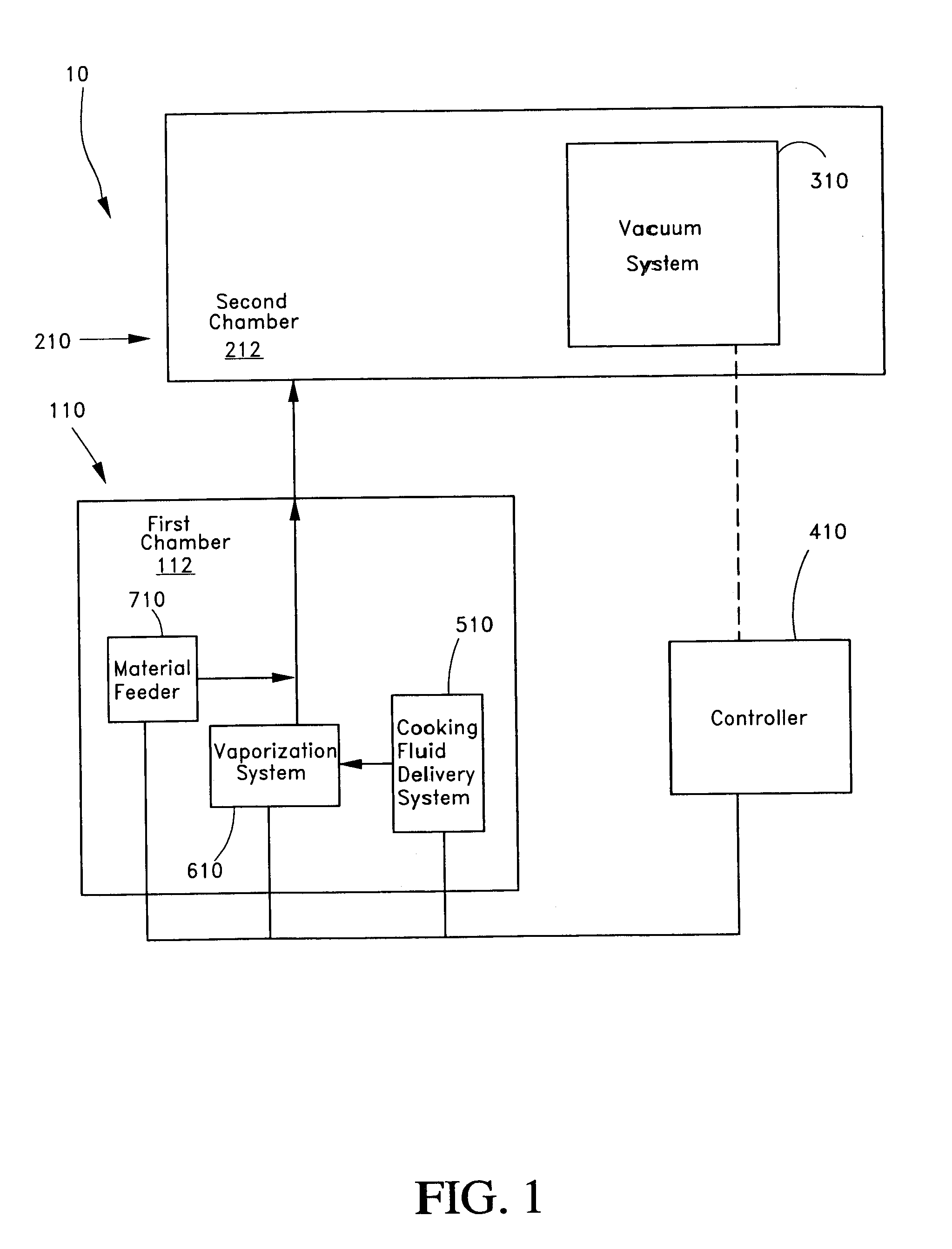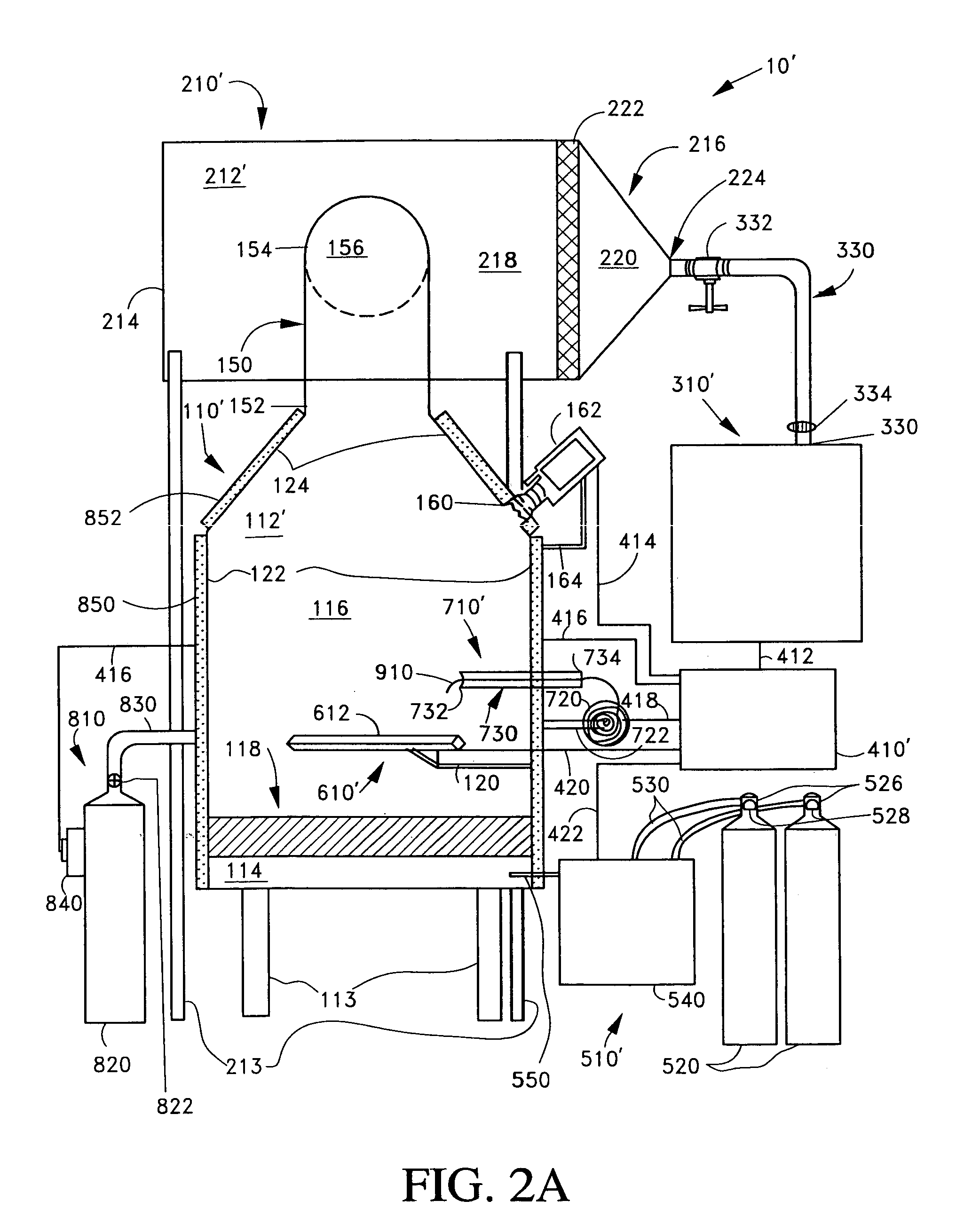Method and apparatus for forming nano-particles
a nano-particle and nano-particle technology, applied in auxillary shaping apparatus, manufacturing tools, transportation and packaging, etc., can solve the problems of nano-particles produced by ball milling that are non-uniform in size and shape, wear of grinding media and mill, and contamination of final products, so as to reduce flow turbulence, improve particle size distribution, and reduce turbulence.
- Summary
- Abstract
- Description
- Claims
- Application Information
AI Technical Summary
Benefits of technology
Problems solved by technology
Method used
Image
Examples
Embodiment Construction
[0024]The following description and examples illustrate preferred embodiments of the present inventions in detail. Those of skill in the art will recognize that there are numerous variations and modifications of these inventions that are encompassed by its scope. Accordingly, the description of preferred embodiments should not be deemed to limit the scope of the present inventions.
[0025]“Quench gas” or “quenchant gas” as used in this specification refers to a gas that has a cooling effect on a material and may, depending upon the ambient conditions, induce a phase change in the material. As used within this specification, the term “substantially laminar” includes generally smooth fluid flows that may be completely laminar as well as flows that include turbulent portions, as described and illustrated below, and flows including incidental or transient eddies. The term “substantially free convection,” as used in this specification, includes movement of fluids (including gases) due to e...
PUM
| Property | Measurement | Unit |
|---|---|---|
| height | aaaaa | aaaaa |
| height | aaaaa | aaaaa |
| surface temperature | aaaaa | aaaaa |
Abstract
Description
Claims
Application Information
 Login to View More
Login to View More - R&D
- Intellectual Property
- Life Sciences
- Materials
- Tech Scout
- Unparalleled Data Quality
- Higher Quality Content
- 60% Fewer Hallucinations
Browse by: Latest US Patents, China's latest patents, Technical Efficacy Thesaurus, Application Domain, Technology Topic, Popular Technical Reports.
© 2025 PatSnap. All rights reserved.Legal|Privacy policy|Modern Slavery Act Transparency Statement|Sitemap|About US| Contact US: help@patsnap.com



